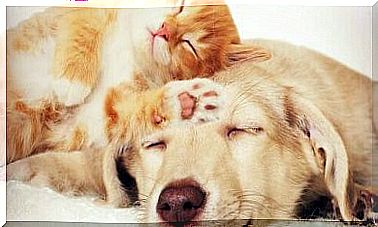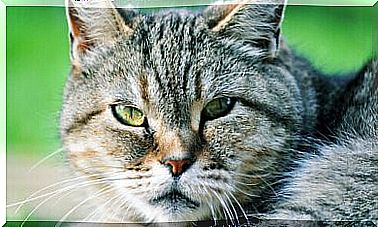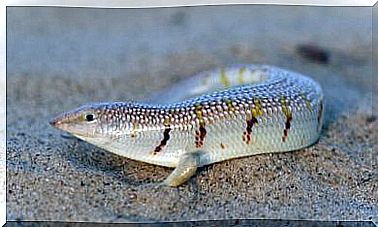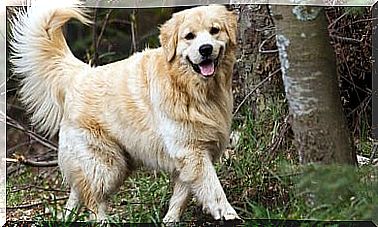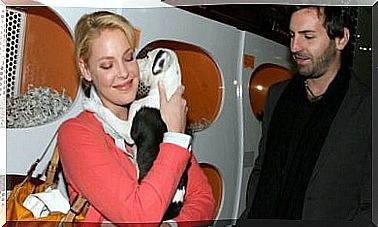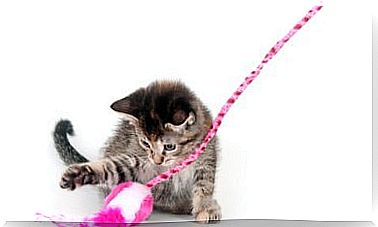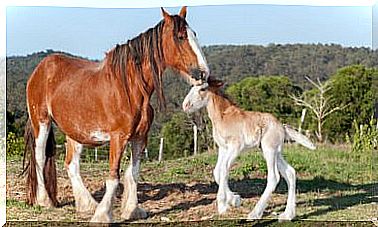Angora Rabbits: A Hidden Horror
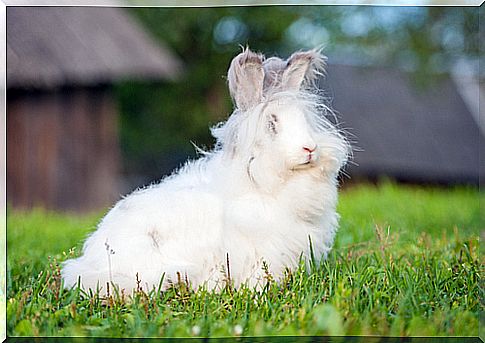
The mistreatment of animals is a problem that not only continues to be present, but rather is increasing. Many times this phenomenon is associated with some type of industry, such as the textile or food industry. Regarding the first, it is public knowledge that the animals used in this sector are often victims of mistreatment which eventually leads to their death. An example is the aberrant situation in some Chinese industries that are dedicated to the production of Angora fiber.
Fortunately, thanks to pressure from various groups in defense of animal rights, some signatures have banned the use of fibers from this type of trade. But this was not enough. And, even today, this horrible abuse of Angora rabbits is perpetrated in many Chinese establishments.
China’s cruel Angora fiber industry
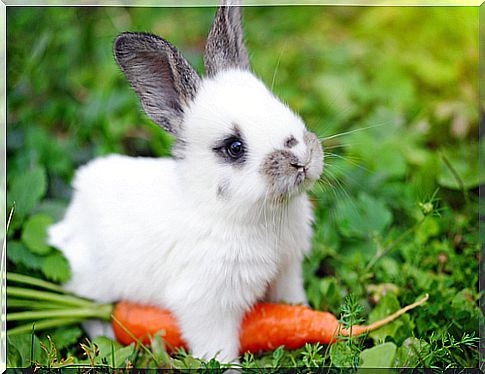 Angora fiber production is extremely cruel. In many factories, rabbit hair is extracted using very violent methods. Without having any kind of precaution, the fur of the animals is removed simply by pulling it. And this is not all: in fact, in addition to often dying from terrible deaths, they are kept alive in small cages, without any kind of cleaning and are fed only if they are lucky.
Angora fiber production is extremely cruel. In many factories, rabbit hair is extracted using very violent methods. Without having any kind of precaution, the fur of the animals is removed simply by pulling it. And this is not all: in fact, in addition to often dying from terrible deaths, they are kept alive in small cages, without any kind of cleaning and are fed only if they are lucky.
It should be noted that it is in China where this type of abuse is concentrated. The Asian country is in fact the largest producer of angora fiber, which is very valuable, as it is very soft and spongy. Furthermore, these fibers are warmer than wool and much softer than cashmere.
To show the world what happens in these Chinese establishments, associations in defense of animal rights have traveled to China, with the aim of recording, with hidden cameras, the unfortunate maneuvers that are carried out in these establishments.
In the audiovisual material published by these organizations you can see how terrified the rabbits are. In some terrible images the rabbits are hooked and stretched out on a wooden board, they are supported by the neck and their fur is pulled all at once.
We say no to animal abuse
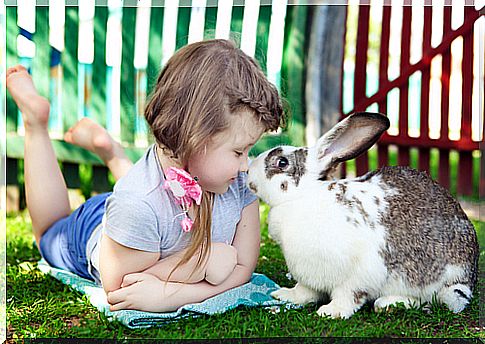
So why does the Chinese industry continue to use such brutal methods? Of course for money and convenience. The fur of Angora rabbits has a commercial value of between 22 and 28 pounds per kilo, but the fur with the longer hair that is obtained by decortication, unlike the cut, can be sold for more than double.
As for speed, you just have to take a look at how quick Chinese workers are in handling these poor Angora rabbits and plucking their fur with this utterly brutal method. According to Angora breeders , it can take up to two weeks, not 3 or 4 minutes, to remove the hair from a rabbit without causing any harm , as can be seen in videos shot in Chinese factories.
The tortuous process used in Chinese firms is repeated about every three months, throughout the animal’s lifespan, which can be two to three years.
Angora rabbits can live between five and ten years if they are carefully raised. Undoubtedly, the rabbits used in the textile industry have a much shorter life expectancy, which does not exceed two years. They are in fact obliged to spend their entire miserable life in small cages. They never have the opportunity to dig, jump, run or carry out other instinctive activities for them and the attention towards their hygiene and their health conditions are almost non-existent.
According to animal rights advocates, the few rabbits that survive in these brutal conditions end up slaughtered and their meat sold in local markets.
In China there are more than 50 million rabbits used for the production of Angora fiber, which produce about 4,000 tons of fur per year.
Other countries that produce this fiber are Argentina, Chile, the Czech Republic and Hungary. Despite this, no more than 10% of the total production comes from these countries.
Furthermore, the methods used to extract the fiber are profoundly different in these countries. However, in China these abusive methods are on the agenda and are used more and more frequently, since there is no legislation regarding the mistreatment of animals.
To avoid this kind of abuse, don’t forget: avoid buying goods whose raw material comes from these producers. With this small gesture, perhaps one day it will be possible to reduce or put an end to these abominable practices.

